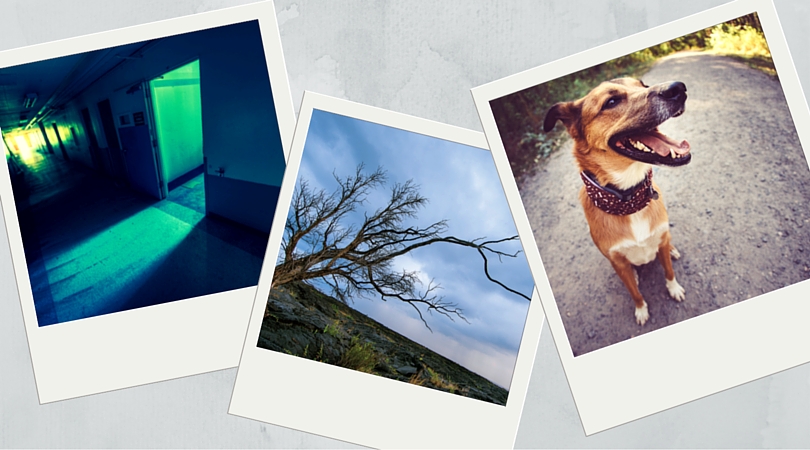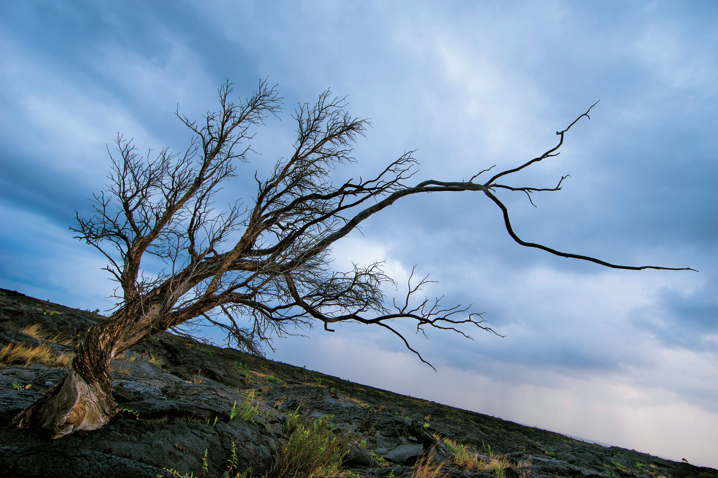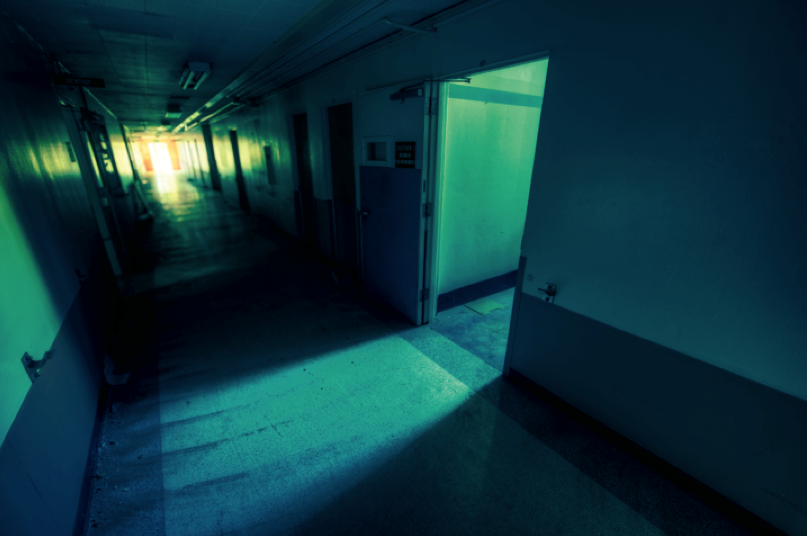 From The Visual Palette by Brian Matiash
From The Visual Palette by Brian Matiash
A Friend in Distortion
In photography there are several examples of technical and aesthetic decision-making that can seem—and outright are—contradictory, especially when we consider the “corrective” phase of post-processing. For instance, photographers go to great lengths to find a lens that produces minimal-to-no vignetting only to reintroduce it as they’re stylizing that same photo. Similar aberrations that once were the bane of photographers, such as light leaks and lens flares, are now in vogue. I call this, embracing the compositional faux pas. There is one compositional faux pas that I’ve long embraced, and I rely on it quite heavily to help convey perspective: distortion. I approach distortion in my compositions very deliberately, and when I choose to incorporate it, I do so in hyperbolic ways. There are two in particular that I’d like to highlight: the Dutch tilt and what I call “The Funkbuster.”

I was very deliberate in tilting my camera so that the horizon appeared at this aggressive angle. My intent was to give the impression that the tree branches formed the primary level lines.
Sony a7
Canon EF 14mm f/2.8L II USM
1/25 sec. at f/7.1, ISO 100
February 16, 2013
©Brian Matiash
The Dutch Tilt
The Dutch tilt, also referred to as the Dutch angle, can be achieved simply by tilting your camera to one side in order to give your photo a jarring, warped perspective. It works especially well if you have strong, straight horizontal or vertical lines within your frame, as their presentation will be what contributes most to the sense of imbalance for the viewer. The most important part of using a compositional trick like the Dutch tilt to convey a particular type of perspective is to be deliberate and intentional in your use of it. Tilting your camera only for the sake of it will likely result in the photo falling flat with your viewers, but when you incorporate the Dutch tilt effectively, it can do wonders to provide a unique perspective.

I wanted to convey a sense of foreboding when a viewer looks down this long corridor. One of the ways that I chose to create and elevate that feeling was by tilting the camera just a bit, which did a lot to kick up the creepiness of the location.
Sony a7
Canon EF 14mm f/2.8L II USM
0.6 sec. at f/6.3, ISO 250
January 25, 2014
© Brian Matiash
The Funkbuster
Pound for pound, there is no better way to introduce distortion into your frame than by using The Funkbuster, also known as a circular fisheye lens. If I had to choose a favorite type of lens, the fisheye would be it. I dubbed it The Funkbuster years ago after noticing that if I ever found myself in a creative funk that I couldn’t shake, all I had to do was slap on my beloved fisheye lens and the world would take on an entirely new look. Invariably, my funk would be busted and I’d find myself in a creative groove again. Much like the Dutch tilt, adding this much radial distortion works best when clear intent is showcased. The more you experiment with niche lenses like the fisheye, the more you’ll learn how to present completely unique perspectives that will instantly captivate your viewers.

The fisheye lens played a critical role in the photo at left and those on the following pages. The extreme distortion allowed me to convey a unique perspective, adding curiosity and interest to the images.
Sony a7R
Sony 16mm f/2.8 Fisheye
1/200 sec. at f/2.8, ISO 100
September 11, 2014
© Brian Matiash
Read more from Brian Matiash in his new book, The Visual Palette, available now!
View More Articles | Read the Rocky Nook Blog | Shop Photography Titles
